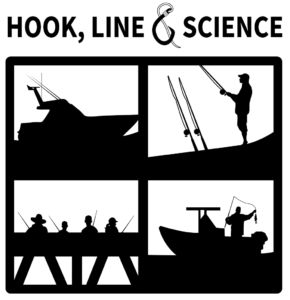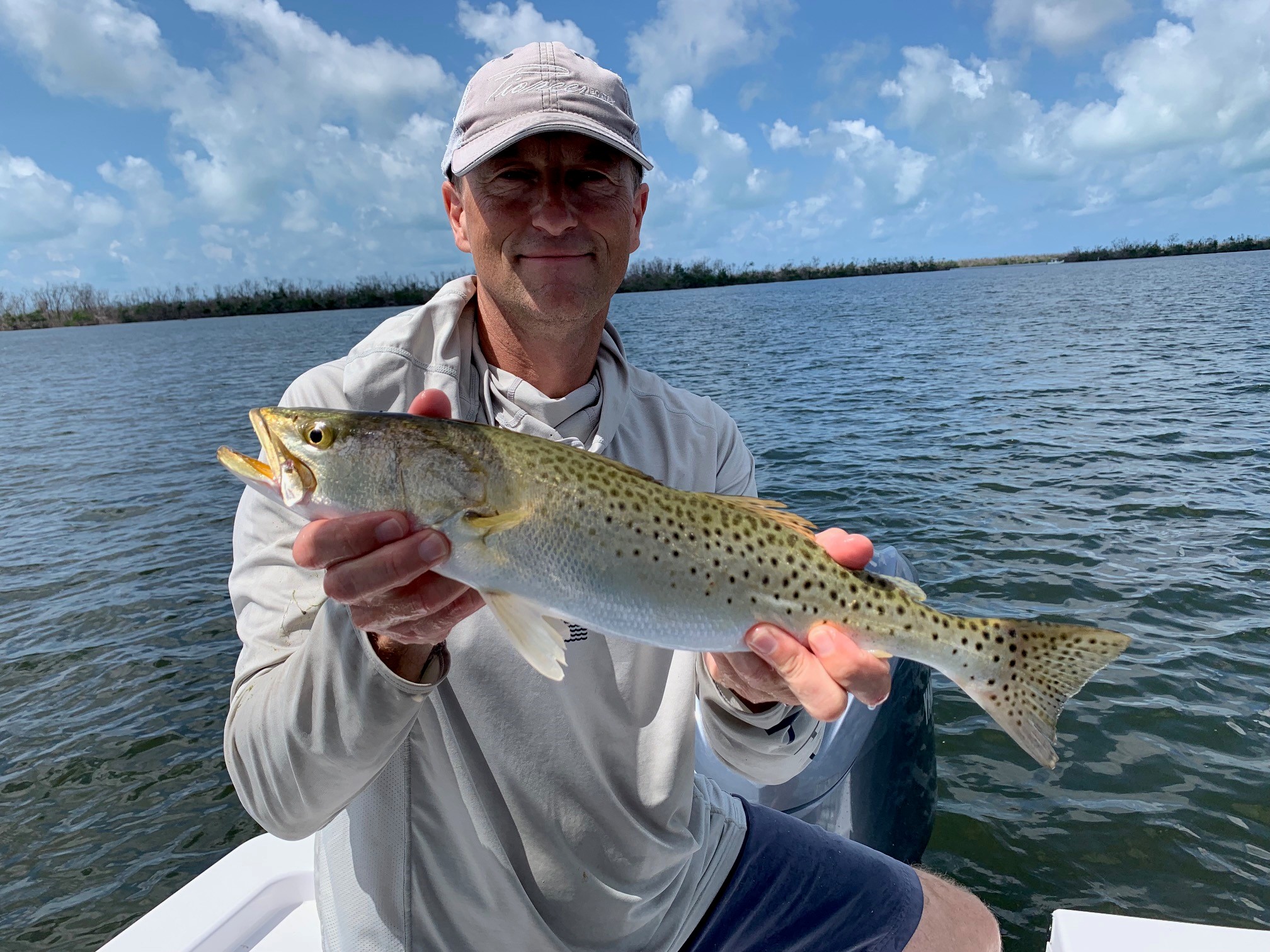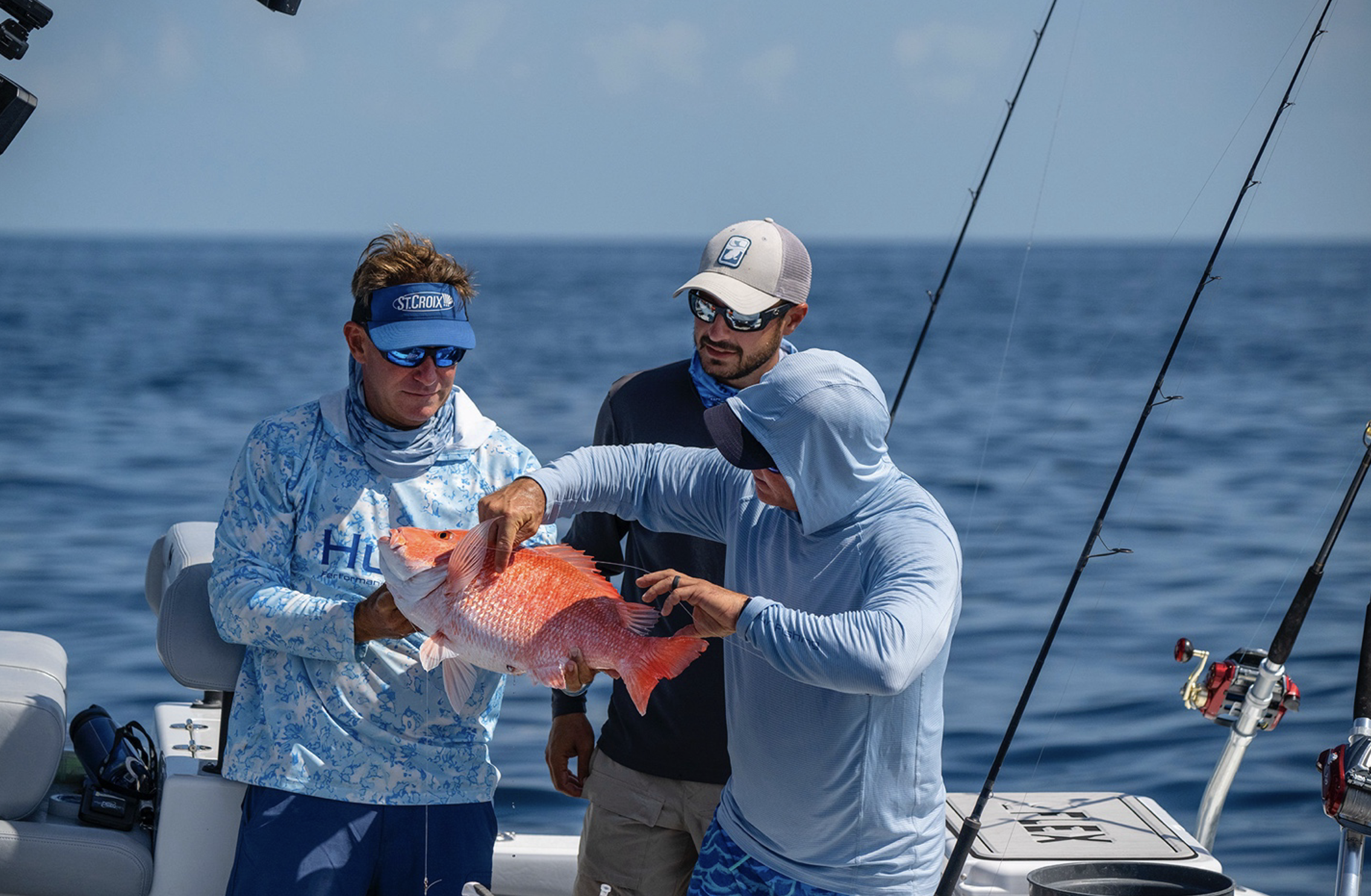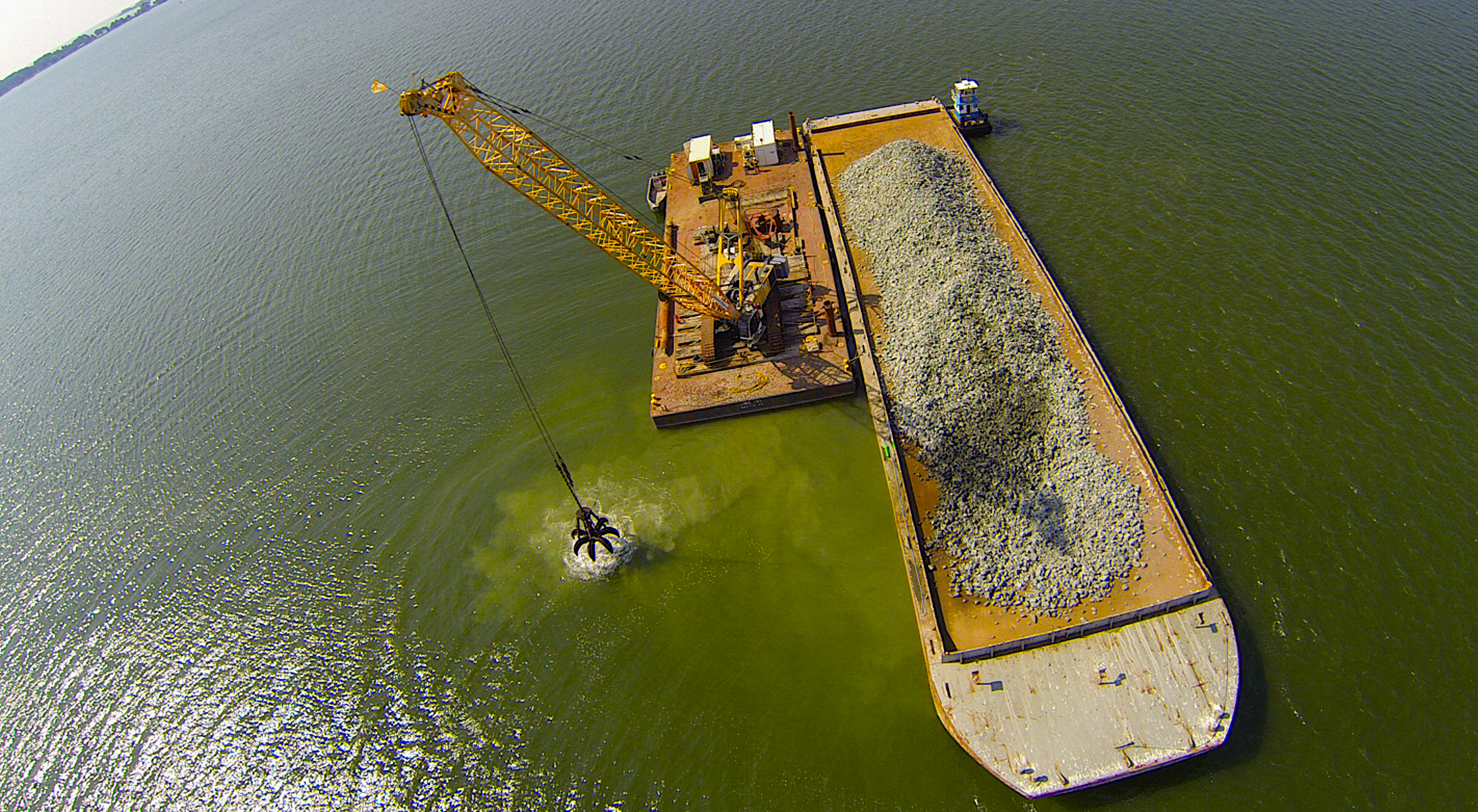Turns out, changes in size and bag limits could lead to greater fishing opportunity.
Research Need
Speckled trout (technically, spotted seatrout) are a favorite catch of saltwater anglers in the South Atlantic region. And early spring is a prime time to catch these fish as they move into sounds and estuaries to get ready to breed.
This fish is vulnerable to extreme winter temperatures, however, and a cold snap can cause mass mortality. Because of much fishing pressure from both recreational and commercial fishers, a conservative management approach is needed to avoid population declines.
But it’s hard for fishery managers to predict anglers’ thoughts about possible policy solutions, including changes in caps on the number of fish (“bag limit”), size limit, and season.
What did they study?
Researchers studied Florida’s west coast spotted seatrout recreational fishery. They developed two surveys to understand how these anglers value changes in the bag and size limits: one for anglers who fish off private boats and the other for those who fish via charter boats.
The research team also studied the length of fishing trips, when the trips occurred, and the costs of the trips. From survey responses and other data, the team created a model that predicted angler spending and associated economic impacts of different management scenarios that each would result in a viable fish population.
There were two possible economic outcomes from fisheries sustainable changes in bag and size limits: (1) an increase in anglers’ willingness to pay for fishing opportunities, and (2) an increase in the amount of fishing effort.
What did they find?
The research team received survey responses from 882 private boaters and 137 charter boat fishers.
Above other hypothetical scenarios, private boat anglers preferred the current bag and size limits, which are not sustainable according to the research team’s modelling. However, if the probability of achieving the bag limit and size limit increased, private boat anglers more positively viewed harvest restrictions that would yield a sustainable fishery, and they had a greater willingness to pay for the bag limit/size limit combination that was sustainable.
These anglers reported they also were willing to pay more for weekend than weekday fishing. Fishing on a weekday may require taking time off from work and either giving up pay or using a vacation day.
In contrast, charter boat anglers placed a premium on fishing on weekdays.
Survey responses to management scenarios when modeled over a five-year annual average (2012–2016) of spotted seatrout fishing on Florida’s west coast translated into an increase in total value of the fishery by almost 148 million dollars. Charter boat anglers accounted for 3.6% of fishing days and 2.3% of the change in annual value, while private boat anglers accounted for 96.4% of fishing days and 97.7% of the change in annual value.
Anything else?
There were 124 private angler and 12 charter respondents who answered “none” to all the multiple-choice questions. When the team asked several follow-up questions to better understand why they did not select a fishing scenario, the top four reasons were:
1. The cost of each fishing trip is too high.
2. Fishery managers would not use the results from the study.
3. The survey scenarios use bag limit/size limit combinations that are not sustainable for spotted seatrout.
4. There should be no government regulation of fisheries.
So what?
The research team determined fishing scenarios with sustainable levels of catch size and quantity of spotted sea trout that anglers would pay to fish by private boat and by charter. This team’s survey method and modeling can help evaluate recreational fishing restrictions.
However, when anglers feel that their level of fishing success under current bag limit/size limit combinations is low, they do not seem to have any inclination to support changes that would lead to long-term population viability.
The research team also believes it would be useful to look at multiple species together — such as red drum and spotted seatrout, which anglers often catch on the same trip — an approach that could capture anglers’ attitudes about changes in regulations differently.
A note on spotted seatrout in North Carolina: The N.C. Division of Marine Fisheries is asking stakeholders to share their expertise on the spotted seatrout fishery to inform development of Amendment 1 to the State’s fishery management plan, which will address overfishing in the fishery. For questions, readers can contact Lucas Pensinger, Lucas.Pensinger@deq.nc.gov, or Melinda Lambert, Melinda.Lambert@deq.nc.gov.
Reading
Schwarzmann, D.; Smith, S.G.; Ault, J.S.; and Leeworthy, V. 2023. Bioeconomics of Florida Recreational Fisheries to Estimate Willingness to Pay for Bag and Size Limits of Spotted Seatrout. Water, 15, 1696. https://doi.org/10.3390/w15091696
BY SARA MIRABILIO
Funding for this research was provided by Florida RESTORE Act Center of Excellence Grant no. FIO-4710112600B.
lead photo credit: Rennair/CC BY-SA 4.0 DEED.
The text from Hook, Line & Science is available to reprint and republish at no cost, but only in its entirety and with this attribution: Hook, Line & Science, courtesy of Scott Baker and Sara Mirabilio, North Carolina Sea Grant.

- Categories:




